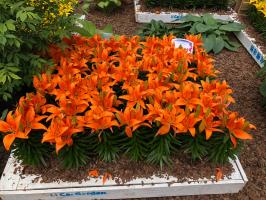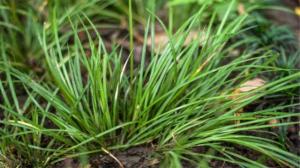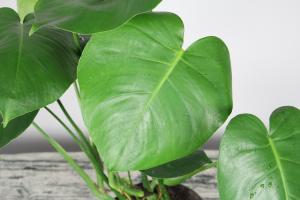Can You Use String to Tie Tomato Plants?
Tomato plants are not self-supporting and need to be staked or tied to grow properly. String is a common material used to tie tomato plants to stakes or trellises. But can you really use string to tie tomato plants? Let's take a closer look.
The Pros of Using String to Tie Tomato Plants
One of the biggest advantages of using string to tie tomato plants is that it is affordable and easily accessible. You don’t need any special equipment or tools to use string, and it’s widely available from gardening stores, home hardware stores, and online.
Moreover, string is flexible and stretchy, so it won’t restrict the growth of your tomato plant. Also, it can easily be removed or adjusted as your plant grows or if you need to reposition your stakes or trellis.
The Cons of Using String to Tie Tomato Plants
While there are many benefits of using string to tie tomato plants, there are also some disadvantages to consider.
Firstly, traditional string can easily cut into the stem of the tomato plant when it grows thicker, leading to the plant's premature death.
Secondly, string can loosen and become untied or tangled, which can be dangerous for your plant. If your plant becomes untied, it may lean over and fall, or the string may become entangled around the plant causing severe damage to the stem or leaves.
Tips for Using String to Tie Tomato Plants
If you do choose to use string to tie your tomato plants, here are some useful tips to ensure that you get the most out of it:
Use a soft, non-abrasive string that won’t cut into the tomato stem as it grows thicker.
Make sure to tie the string loosely enough to support the plant without constricting it. A good rule of thumb is to allow 1-inch of space between the string and the stem of the plant.
Regularly check the string to make sure it is still secure and not tangled. It’s important to keep an eye on this to prevent any damage to the plant.
As your tomato plant grows, adjust the position of the string as necessary to ensure that it continues to provide support to the plant.
When attaching the string to the tomato plant, make sure that it is securely tied. You don’t want the string to come loose or become entangled around the plant.
Conclusion
Using string to tie tomato plants can be a cost-effective and practical option to support your tomato plant’s growth. While there are some disadvantages to consider, with proper care and attention, you can use string without causing any harm to your plant.
Just remember to choose the right kind of string, tie it correctly and regularly inspect the condition of the string to ensure that it is still intact and not causing any damage to your tomato plant.

 how many times do yo...
how many times do yo... how many planted tre...
how many planted tre... how many pine trees ...
how many pine trees ... how many pecan trees...
how many pecan trees... how many plants comp...
how many plants comp... how many plants can ...
how many plants can ... how many plants and ...
how many plants and ... how many pepper plan...
how many pepper plan...































